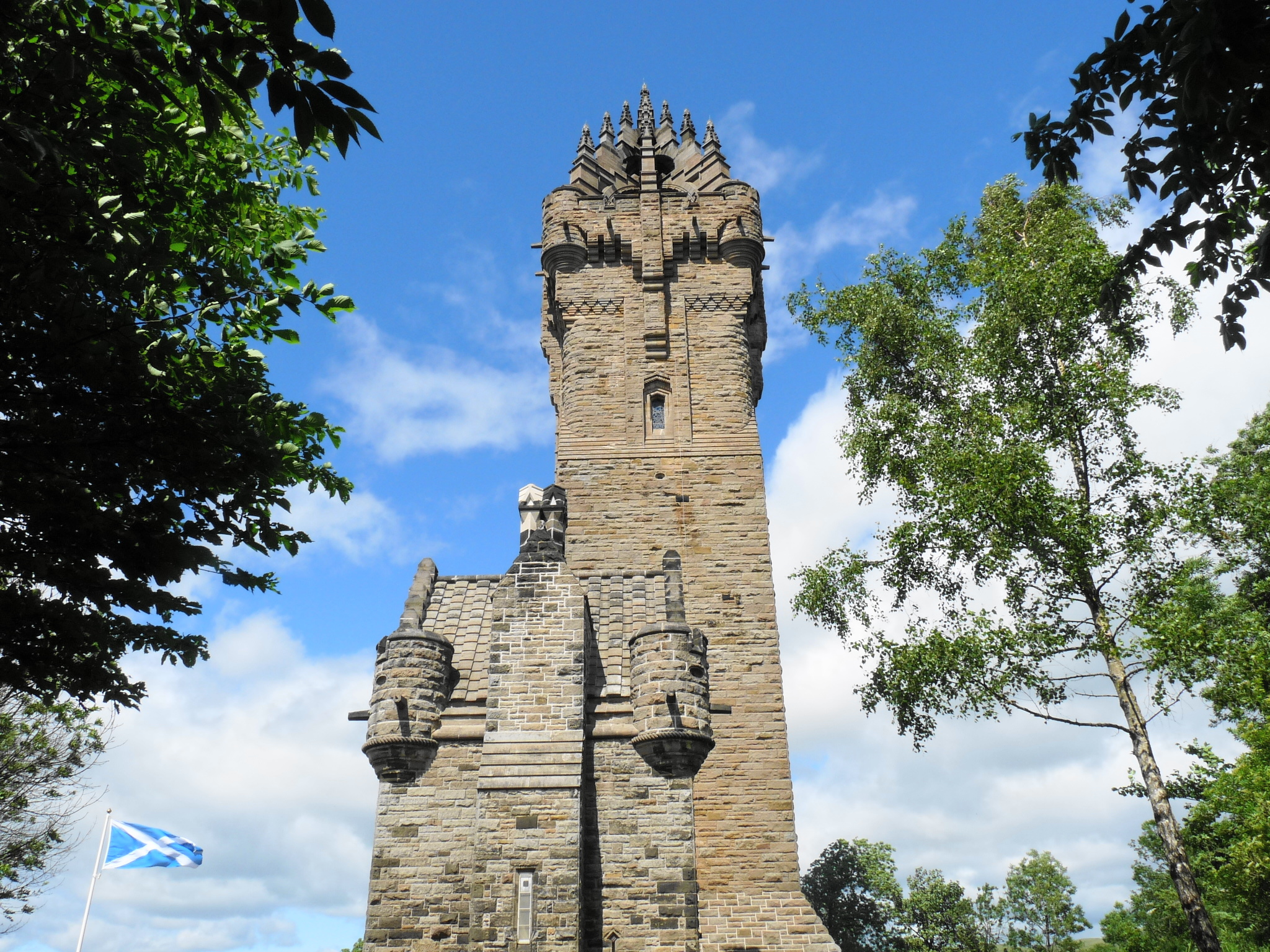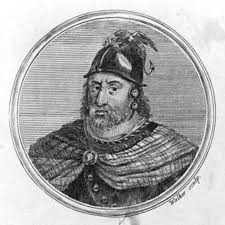 William Wallace Trail Stirling Bridge
William Wallace Trail Stirling Bridge
William Wallace Trail

Stirling Bridge•
William Wallace Trail
•William Wallace Trail•
Our final stop on the William Wallace Trail is at Stirling Bridge or to give it its proper name Stirling Brig. The present Old Stirling Bridge was built in the 1400s replacing a series of older wooden bridges. The best known of those was the one that William Wallace and Andrew Moray defeated Edward I' s forces at the Battle of Stirling Bridge in 1297. That bridge and ones that followed were one of the most critical river crossings in Scotland. It was the gateway to the Highlands and was the main crossing point of the River Forth until the 1800s. Wallace knew the English would have to cross the Bridge and obviously used his local knowledge to his full advantage. On the William Wallace Trail this is one of the most important locations on the trail, which was strangely overlooked in Mel Gibson's Braveheart film
While on the William Wallace Trail at Stirling Bridge you will have time to wander over the Bridge and see part of the area where the battle took place. The current stone bridge is only one of a few surviving medieval bridges in Scotland. It consists of four semicircular arches supported by three piers and is 80 metres in length. It originally had gated archways at each end these were removed in 1745, in an attempt to stop Bonnie Prince Charlie and the Jacobite army crossing the bridge. The bridge was finally closed to wheeled traffic in 1832 when a new bridge was built downstream. Stirling Bridge is a fitting place to end the William Wallace Trail, being the site of one of the most famous battles not only in Scotland but inEurope.